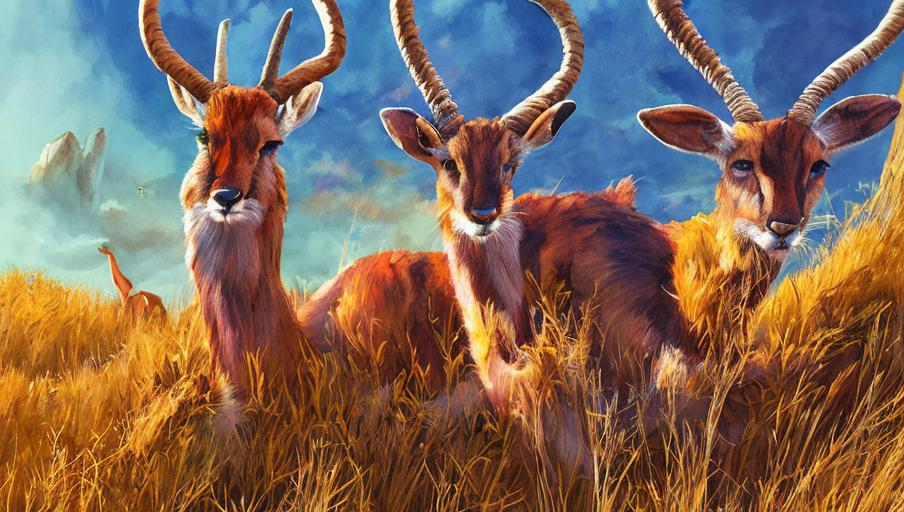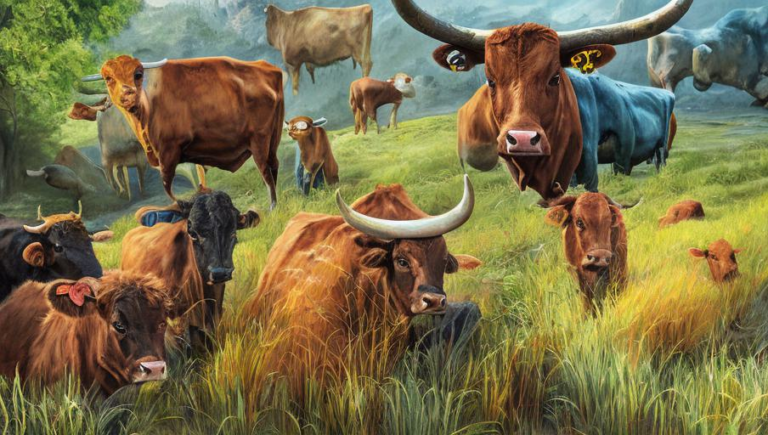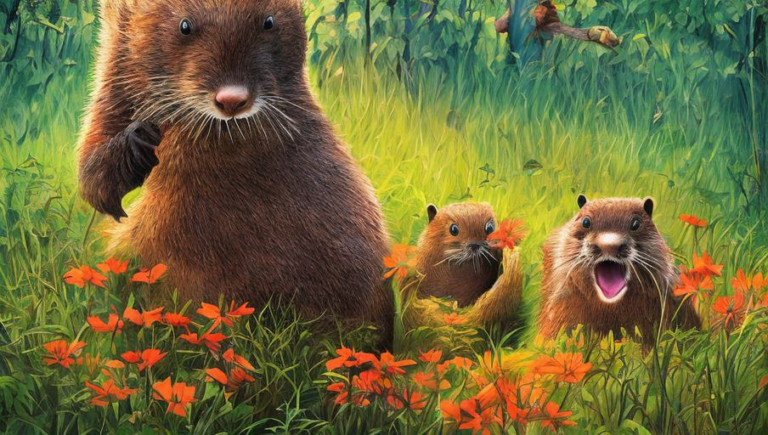Genetics of Antelope Horns

Introduction
Antelope horns are a fascinating and unique feature that makes this species of ungulate stand out from the rest. While most antelope species have two horns, some species have only one or none at all. The genetics behind the horns of antelope are complex, and the purpose of this article is to explain the biology and genetics of antelope horns.
Horn Shape and Size
The shape and size of antelope horns are largely determined by genetics. In some species, the horns curve in a specific direction, while in other species, the horns may have more of a spiral shape. The size of the horns also varies from species to species, and is largely determined by genetics. For example, the horns of the blackbuck antelope, which can reach up to 20 inches in length, are much larger than the horns of the dik-dik, which only grow to a maximum of four inches in length.
Genetic Variation
The shape and size of antelope horns is highly variable due to genetic variation. Studies have shown that antelope horns are determined by a small set of genes, and are affected by environmental factors. Studies have also shown that the horns of antelope are highly heritable, meaning that the traits are often passed down to offspring. This makes it possible for antelope populations to adapt and evolve horns that are best suited to their environment.
Function
The primary function of antelope horns is to protect the animal from predators, and to fight off competing males during mating season. However, the horns of some species may also be used to dig for food, or to break open hard-shelled fruits. The horns are also used for communication, and different species have different horn shapes and sizes that can be used to signal different messages.
Evolution
The evolution of antelope horns is a complex topic, as the shape and size of the horns can be affected by both genetic variation and environmental factors. For example, some species of antelope have evolved horns that are longer and more curved in order to better protect them from predators. Other species have evolved horns that are shorter and more pointed in order to gain an advantage in mating competitions. The evolution of antelope horns is an ongoing process and one that is constantly being shaped by natural selection.
Conclusion
The genetics of antelope horns is a fascinating and complex topic, and it is clear that the shape and size of the horns is largely determined by genetic variation. Antelope horns have evolved to serve a variety of functions, from protection to communication, and this evolution has been shaped by both genetic variation and environmental factors. By understanding the genetics of antelope horns, we can gain a better understanding of the biology and evolution of this species.





